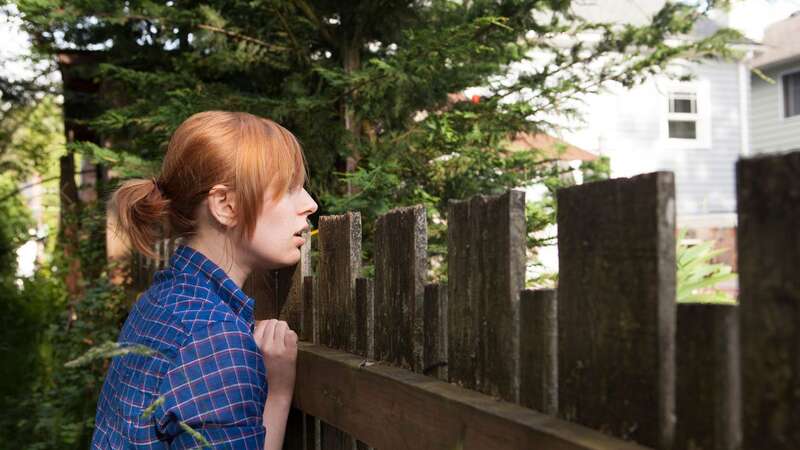
Having a shared fence with a neighbour can be hard - particularly if you don't see eye-to-eye.
A man and a woman were having a particularly hard time with their neighbour, who they claimed had built a fence on their land. The couple claimed that when their neighbour had put the erected the structure on their side of the property, they had sent a complaint - but when that didn't work they took matters into their own hands.
In a video uploaded to TikTok, the couple wrote: "We gave 'Karen' 24 days written notice to remove her fence from our land." However, after the neighbour failed to remove the fence, they decided to "take back the land" and instead built a two metre long fence next to the smaller one.
After the construction the woman said the fence "looks good" and that it had cost them a total of £400 for materials, adding that the previous fence was "dilapidated and hazardous". Taking to their @life_at_number_12 TikTok account, the woman added: "Neighbour disputes fall under civil matters."
In a follow-up video, the pair offered advice to other people who might be facing similar issues with their neighbours. They wrote: "The most common way to find out who owns what side is to refer to the title plan, land registry or details on your house purchase forms. On newer builds via land registry, the 'T' mark is used to indicate who the boundary belongs to and therefore who is responsible for its upkeep.
 Life on one of the UK's cheapest streets where homes sell for just £25,000
Life on one of the UK's cheapest streets where homes sell for just £25,000
"If you have an 'H' mark, then you and your neighbour have joint ownership and joint responsibility of the boundary fence. In the UK, fences can be a maximum of two metres (approximately 6.5ft) in back gardens. If you would like to install fencing that exceeds 2m, then you must seek planning permission before commencing work. If your property is in a conservation area or is a listed building then permission to make the changes to a boundary may be needed."
According to Citizens Advice, there are things you can do to solve a problem if you and your neighbour disagree about a wall or fence. Before you solve a problem you need to know where the boundary to your home is. The best way to do this is to check legal documents, which can be bought from the Land Registry. If you disagree with your neighbour about the boundary, you can get help from RICS. The best thing to do is to find a solution with your neighbour, but if you still can't agree, you can get help from a mediator. If unsure, you can get help at your nearest Citizens Advice.
Read more similar news:
Comments:
comments powered by Disqus
































